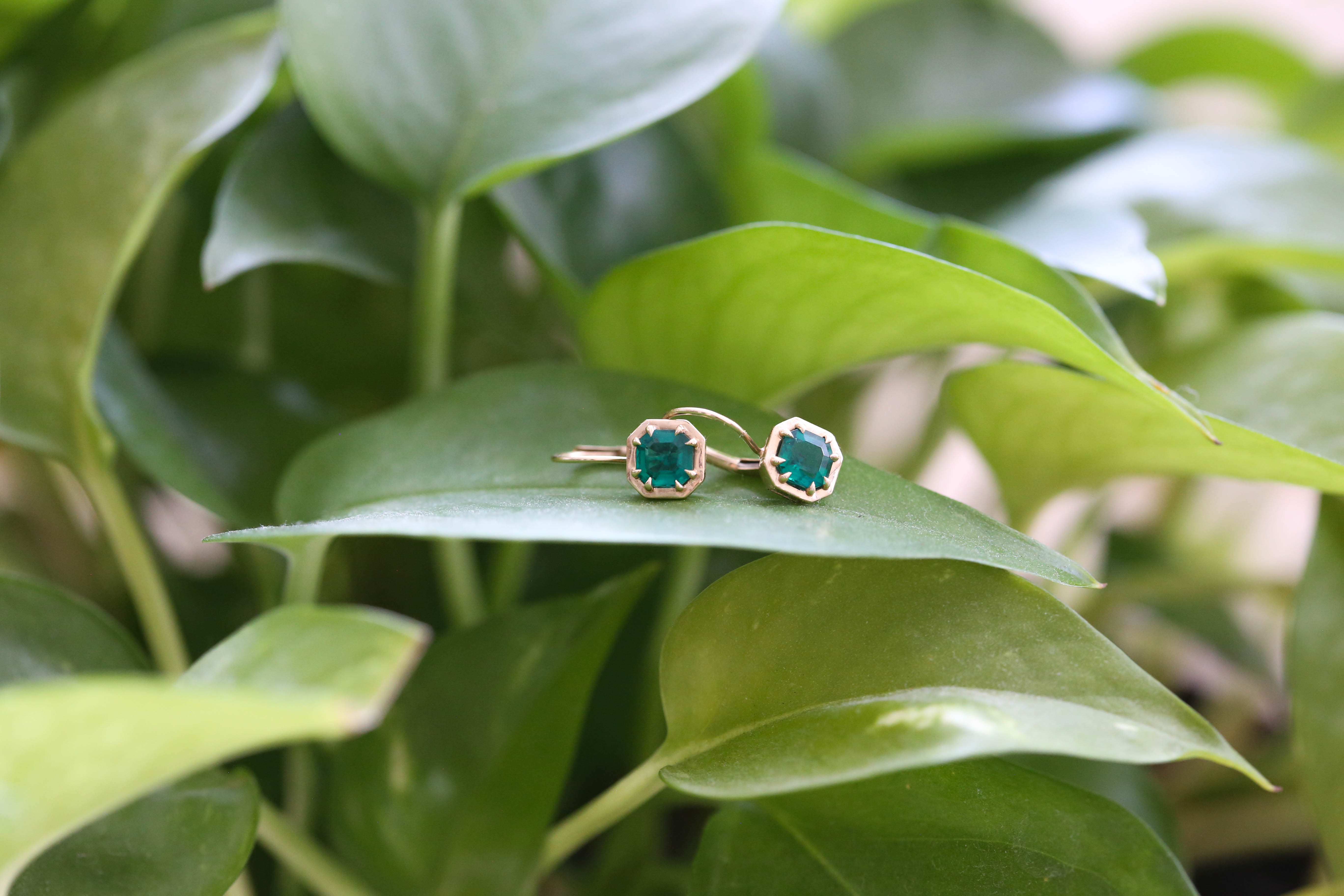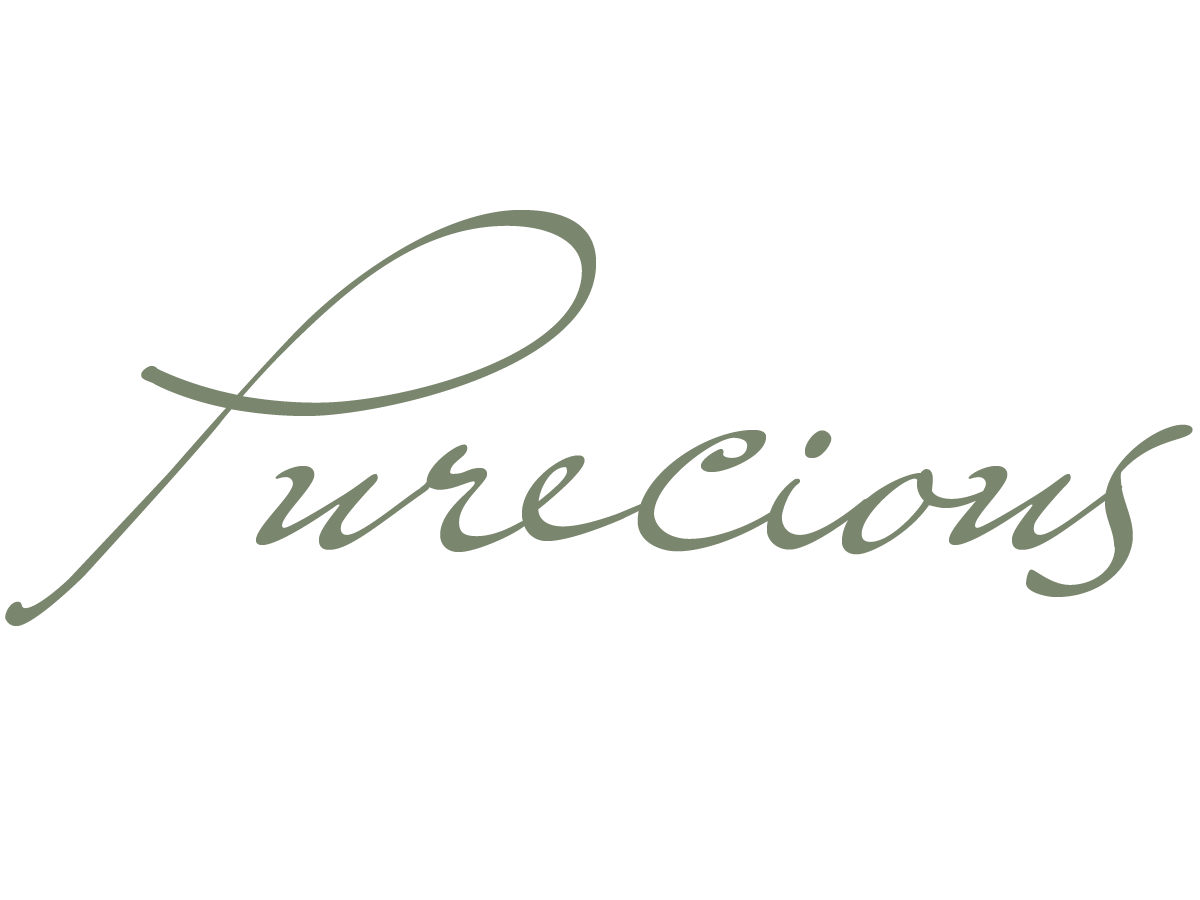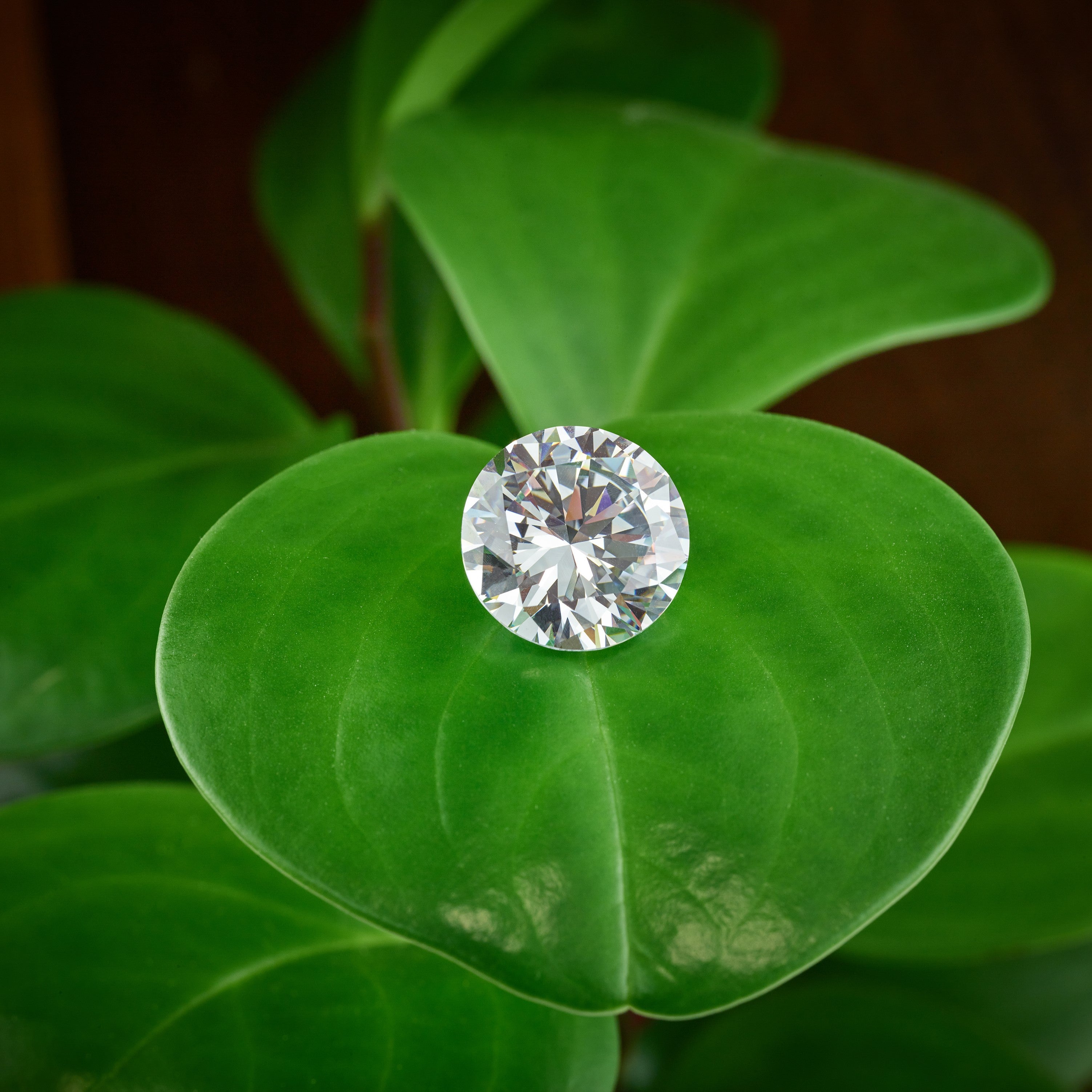
May Birthstone: Emeralds
Emeralds are one of the most coveted gemstones in the world, known for their vibrant green hue and illustrious history. They are not only a symbol of wealth and elegance but also carry deep cultural significance in various civilizations. This article delves into the fascinating world of emeralds, exploring their origins, characteristics, and why they continue to be a top choice for jewelry lovers and collectors alike.
What are Emeralds?
Emeralds are a variety of the mineral beryl, colored green by trace amounts of chromium and sometimes vanadium. Ranking 7.5 to 8 on the Mohs hardness scale, emeralds are durable yet prone to inclusions, often referred to as "jardin," which is French for garden, due to their mossy appearance.
Historical Significance
The history of emeralds can be traced back over 4,000 years to ancient Egypt, where they were mined near the Red Sea. Cleopatra was famously enamored with these green gemstones, using them in her royal adornments. The Incas and Aztecs in South America also held emeralds in high regard, often using them in their jewelry and religious ceremonies.
About Lab-Created Emeralds
As the gemstone market continues to evolve, lab-created emeralds are becoming increasingly popular among consumers seeking eco-friendly and affordable alternatives to their natural counterparts. This article will explore the fascinating world of lab-created emeralds, discussing their production, characteristics, benefits, and considerations when purchasing.
What are Lab-Created Emeralds?
Lab-created emeralds, also known as synthetic or cultivated emeralds, are gemstones produced through controlled processes in a laboratory setting. These emeralds have the same chemical, physical, and optical properties as those mined from the earth. The most common methods used for creating these gemstones are the hydrothermal and flux-growth processes, mimicking the natural conditions under which real emeralds form.
Characteristics of Lab-Created Emeralds
Lab-created emeralds are virtually identical to natural emeralds but typically have fewer inclusions and more consistent coloration. Because they are grown in controlled environments, synthetic emeralds can be produced with specific qualities and sizes that might be rare or extremely expensive in natural stones.
Advantages of Lab-Created Emeralds
Affordability
One of the primary advantages of lab-created emeralds is their affordability. They generally cost significantly less than their natural counterparts while offering similar visual and chemical properties.
Ethical and Environmental Benefits
Synthetic emeralds provide an ethical alternative to natural stones, which can sometimes be mined under conditions that harm the environment and exploit workers. Lab-grown gems ensure no natural habitats are disturbed, and labor conditions are controlled and safe.
Quality and Variety
Lab-created emeralds often exhibit fewer natural flaws and a more uniform appearance. They also allow consumers to choose from a wider range of sizes and cuts that might not be readily available in natural stones.
Emeralds in Jewelry
Emeralds are a popular choice for all types of jewelry, including engagement rings, necklaces, bracelets, and earrings. Their rich color complements both gold and silver settings and is particularly striking when paired with diamonds. When purchasing emerald jewelry, it’s important to consider the stone's clarity, color, cut, and carat weight—collectively known as the four Cs.
Caring for Emeralds
Due to their natural inclusions and brittleness, emeralds require careful handling and maintenance. It is advisable to clean them with warm soapy water and a soft brush and to avoid exposure to harsh chemicals and extreme temperatures. Regular check-ups with a professional jeweler can ensure they remain in excellent condition.
Emeralds as an Investment
Aside from their beauty, emeralds are also sought after as an investment. The rarity and growing demand for high-quality stones have seen their value increase steadily over the years. Investors and collectors alike look to emeralds as a way to diversify their portfolios.
Conclusion
Emeralds, with their unmatched color and prestigious history, continue to capture the hearts of many around the globe. Whether as a piece of jewelry to cherish or an asset to hold, emeralds offer a blend of beauty and value that few other gemstones can match.
By understanding more about where they come from and how they fit into the broader gemstone market, consumers and investors can make informed decisions about purchasing and caring for these precious stones.

















Leave a comment
This site is protected by hCaptcha and the hCaptcha Privacy Policy and Terms of Service apply.